Amboseli National Reserve Amboseli tour
7 reasons to visit the Amboseli National Park, Kenya
Introduction
The very scenic Amboseli National Park is one of Kenya’s most popular parks. It’s located about 230 kilometres south-east of Nairobi on the Tanzanian border. Amboseli enjoys the backdrop of Africa’s most iconic mountain, Mount Kilimanjaro, that lies on the other side of the border with Tanzania. The flat open landscape makes for easy game viewing. Amboseli is a small park, a bit more than 390 square kilometres (1500 sq. miles), located more than 1100 metres above sea level [3790 ft.]. It became a national park in 1974 and a UNESCO Biosphere reserve in 1991. The name Amboseli means ‘salty dust’ in Masai. What makes it special are the Enkongo Narok and Olokenya swamps fed by the melting snow of Kilimanjaro. These water sources attract animals of all sizes, especially during the dry season.
Here you can admire one of the classic sights of East Africa: a herd of elephant strolling across the plains with the snow-capped peak of Kilimanjaro in the background. So I hope now you are ready to learn about my seven great reasons for visiting Amboseli National Park:
1) There are over 1000 elephants to admire
The park is famous for herds of elephants and groups of up to 100 are not uncommon. The bull elephants have some of the largest tusks in all of Kenya. There are over 1000 elephants in the Park, including 58 families and close to 300 independent adult males. Each individual has been named, numbered, or coded and can be recognized individually. This degree of recognition makes the Amboseli elephants the best-known free-ranging population in the world. It’s a fantastic feeling to watch them moving calmly and majestically around the place. 
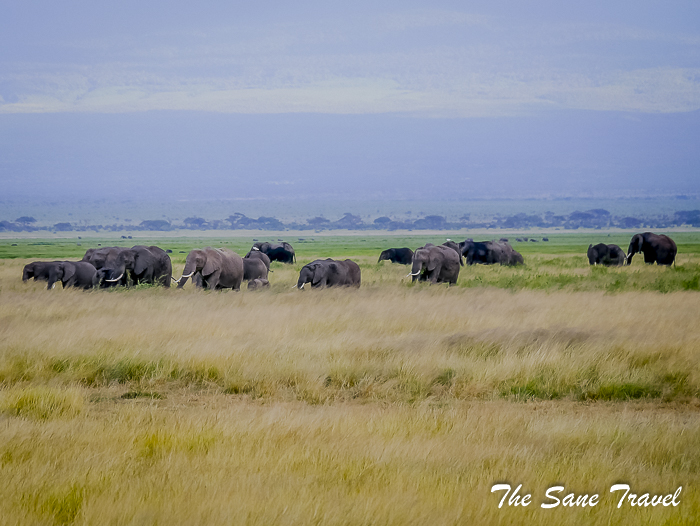
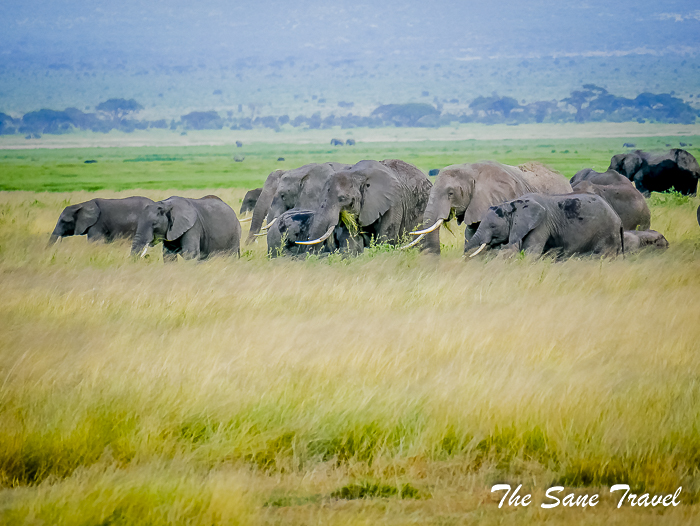
2) Lions climb trees there
Do lions often climb trees? The answer is they don’t do it very often – in less than five percent of observations. So I have been quite lucky to observe that phenomenon twice a day in Amboseli National Park. It’s estimated that there are more than 100 lions in the park and the surrounding area. Also, meeting a lion on the road in Amboseli at sunset and following it was a real thrill to me.
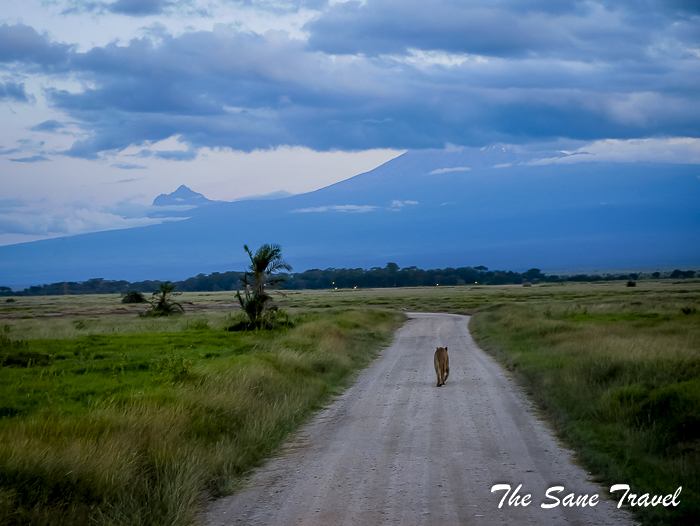
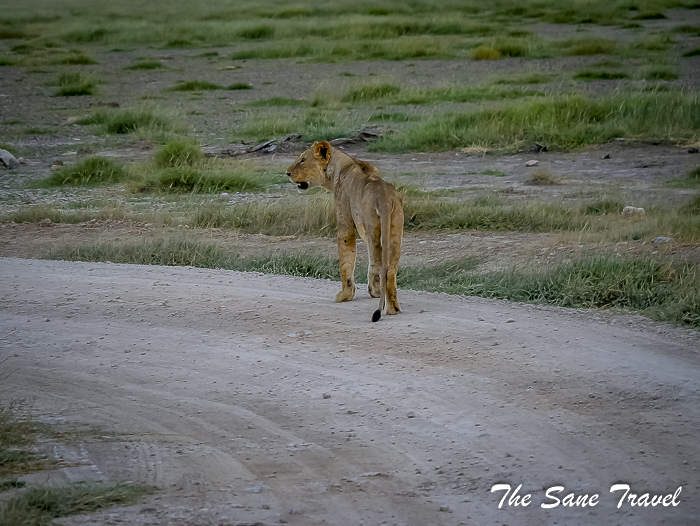
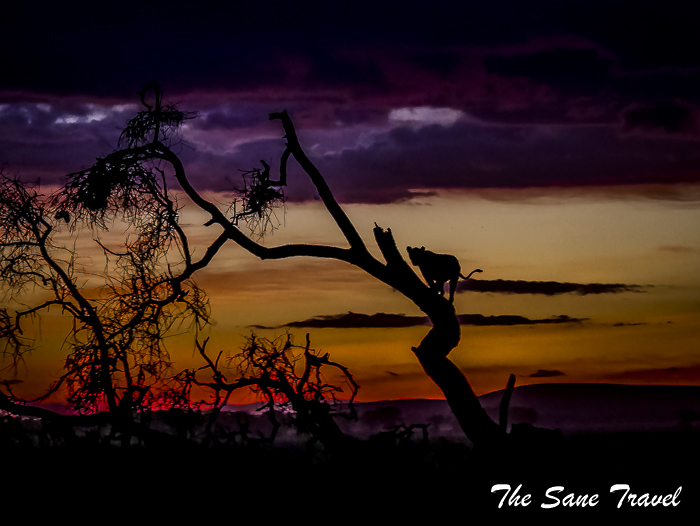
3) It’s home to wildebeests, buffalos, zebras, giraffes, and more
The park is home to more than 50 other mammal species, including herds of
zebra ↓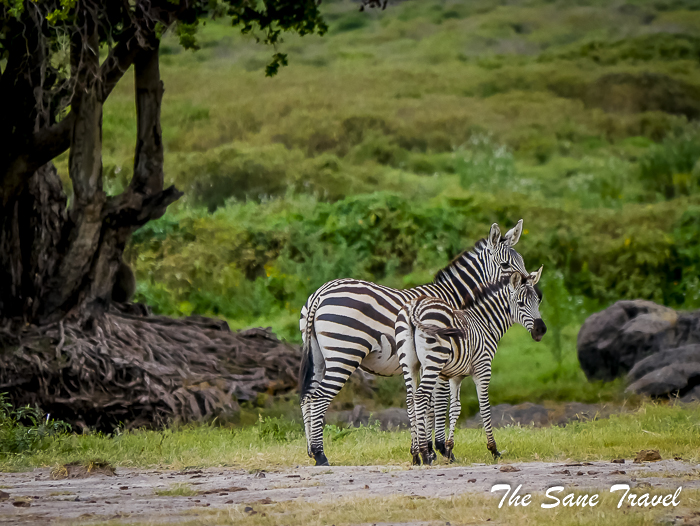
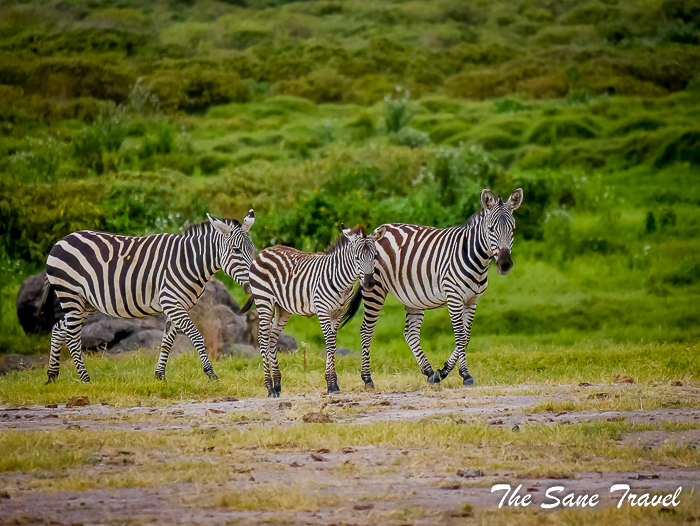
wildebeests ↓
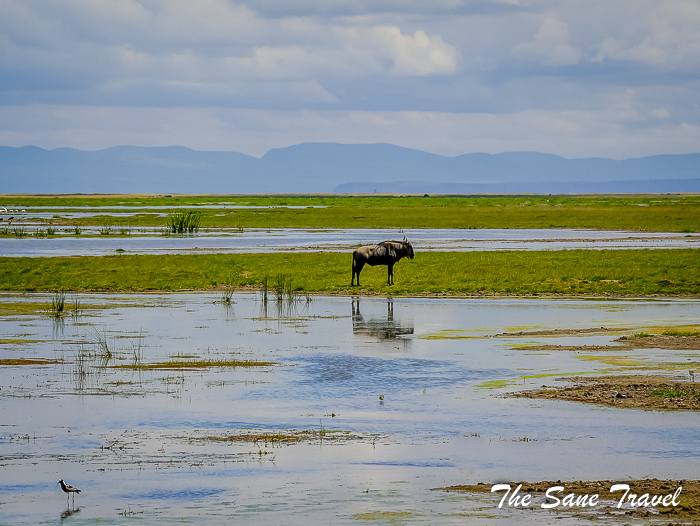
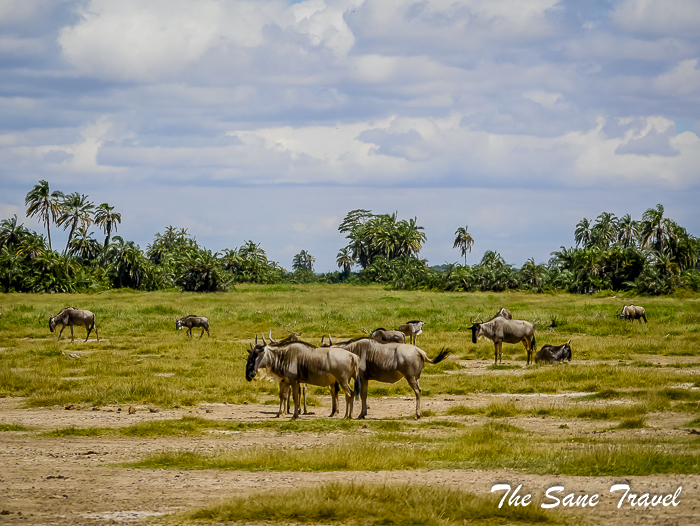
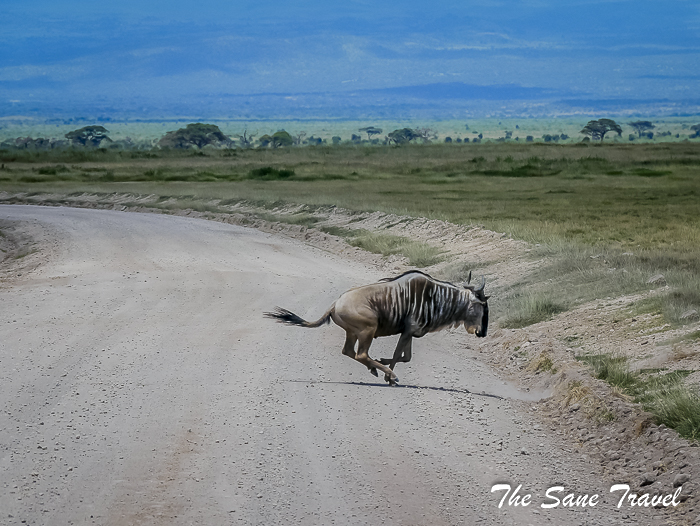 buffalos ↓
buffalos ↓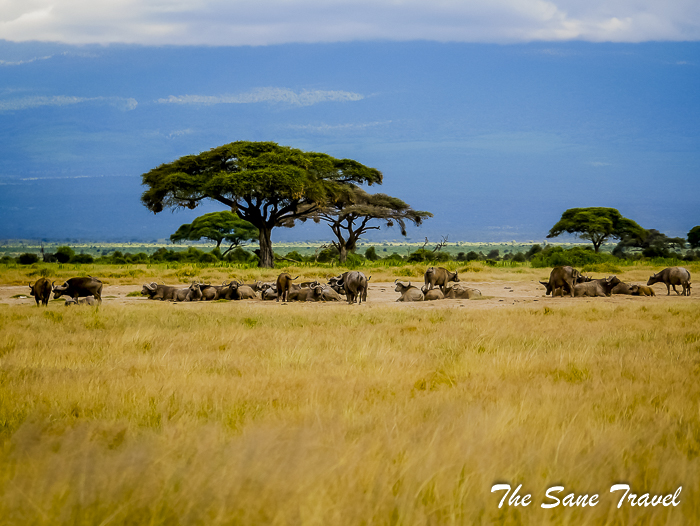

giraffes ↓
gerenuks ↓ Grant’s gazelles ↓
Grant’s gazelles ↓
and Thomson’s gazelles ↓.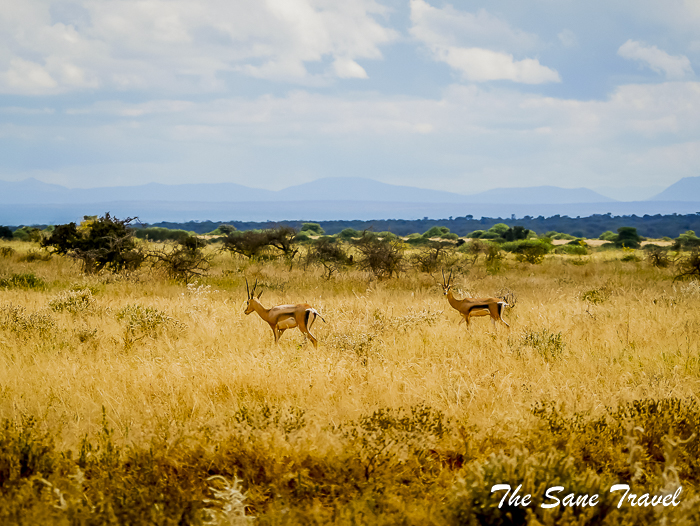
4) Over 400 species of birds have been recorded there
Over 400 species of birds have been recorded there, amongst them
ostriches ↓
flamingos ↓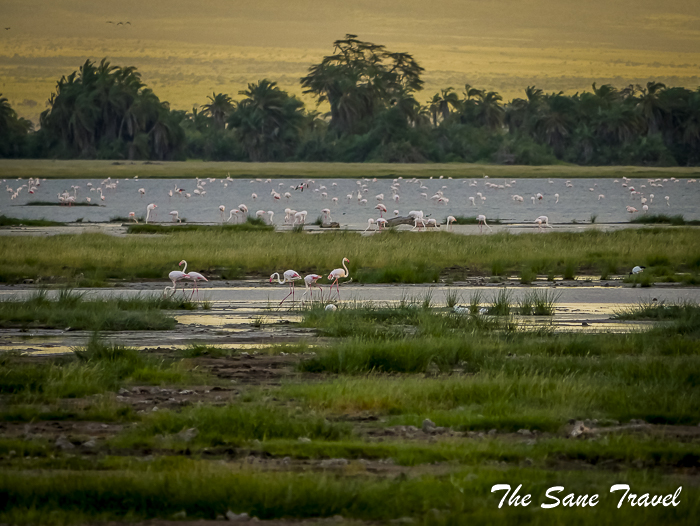
yellow-billed storks ↓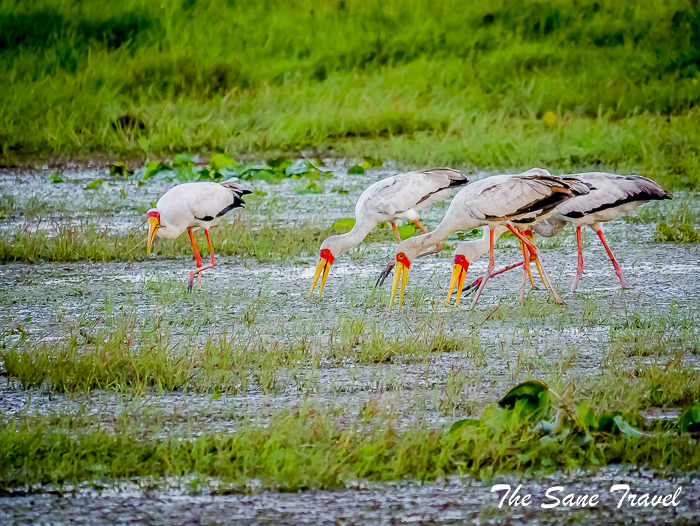
colourful grey-crowned cranes ↓
spur winged lapwings ↓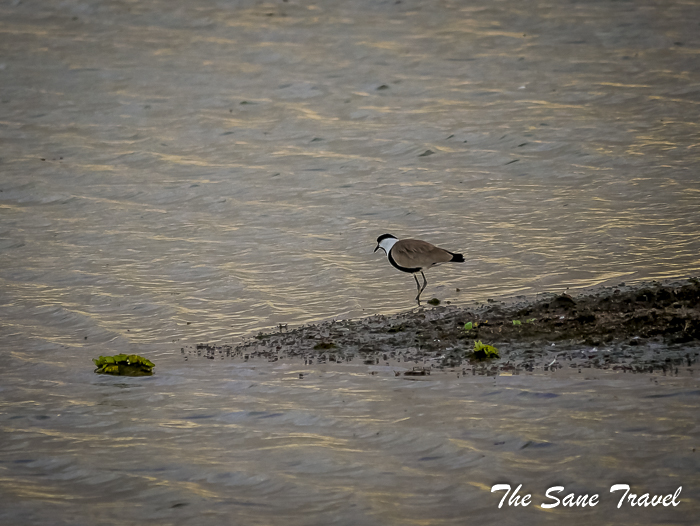
African sacred ibises and pelicans ↓
So it has everything to make birdwatchers happy about seeing numerous birds. Among others, I really enjoyed watching a pied kingfisher hunt for a fish. Not only is the pied kingfisher the largest bird capable of a true hover in the still air, it is also the only kingfisher with completely black and white plumage.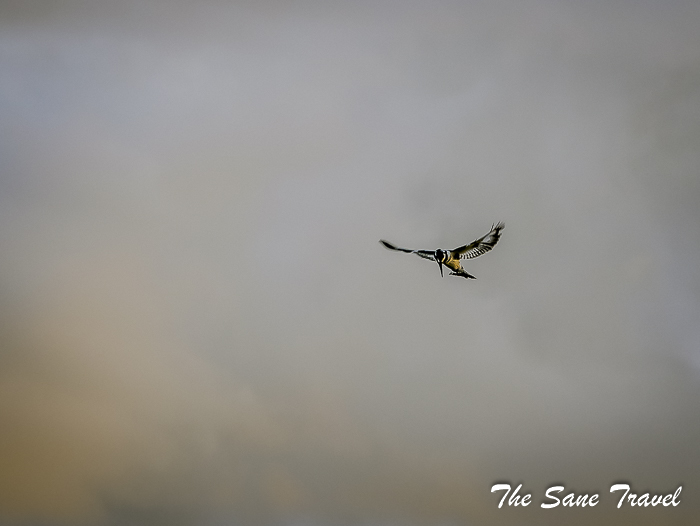
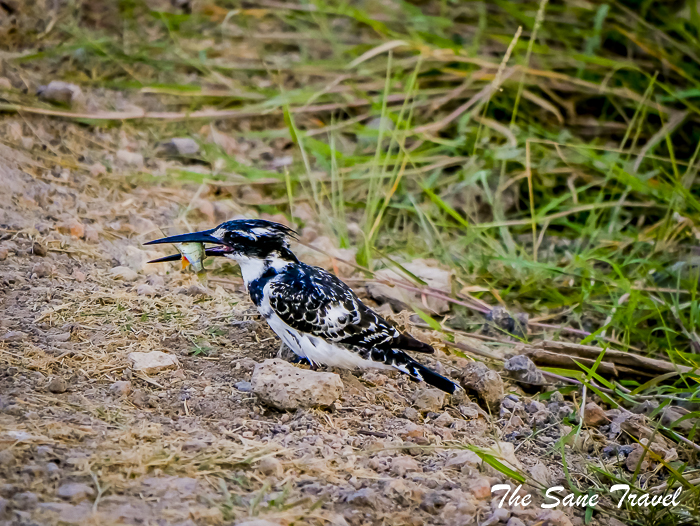
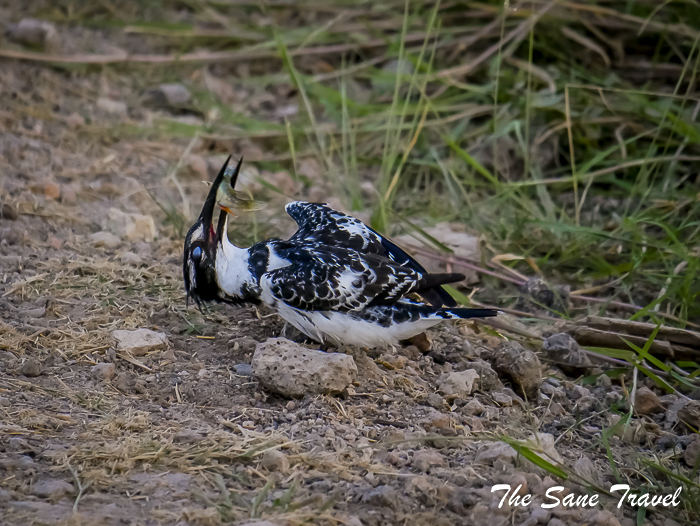
5) Best views of mighty Kilimanjaro with a little luck
The world’s tallest free-standing mountain actually rises just across the border in Tanzania but Amboseli has a postcard-perfect view of its snow-capped peaks, rising almost six vertical kilometres above the savannah. While animal action is guaranteed, the sight of Kilimanjaro is not – except for occasional glimpses at sunrise and sunset, the mighty mountain is usually hidden in thick clouds. So the best time to view the mighty mountain is at dawn and sunset when the clouds lift and the light is clear and soft. 
6) Opportunity to stay at Serena safari lodge and enjoy their excellent game drives
The park is easily navigable and there’s a great choice of accommodation from Kenya Wildlife Service campsites to 5-star safari lodges. My choice was “The Great elephant trails“ safari by Serena with a stay in their Amboseli Serena Safari Lodge. 
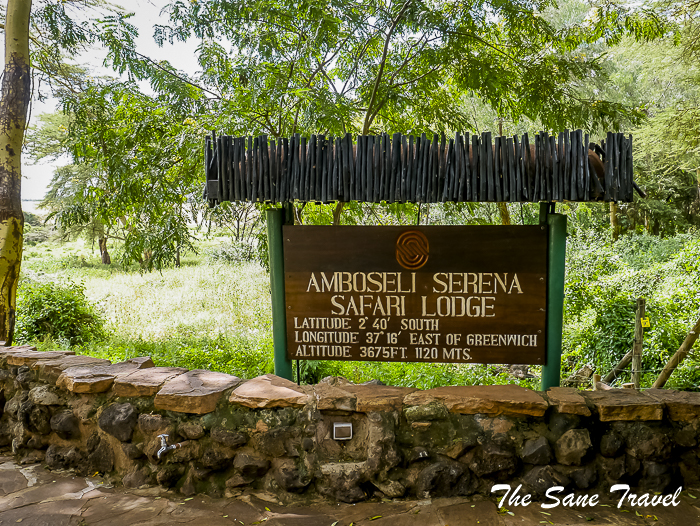
7) Easy combining your trip with visiting Tsavo and parks in Tanzania
An Amboseli safari can be combined with several Tanzanian parks. Mount Kilimanjaro National Park and Arusha National Park lie just across the border and are the closest but the highlights of Northern Tanzania – the Serengeti, Tarangire and the Ngorongoro Crater – are easily accessible from this region. My choice was combining Amboseli with a visit to Tsavo West National Park.
Practical information
Amboseli National Park is easily accessible from both Nairobi and Mombasa over the weekend, so it might get quite busy. The warm and dry season from July to October is the best for game viewing and for personal comfort. I visited Amboseli in early June and it was quite comfortable. Access from Nairobi by road: 250 kilometres takes 4.5 to 5 hours. If you choose “The Great elephant trails “safari by Serena you have to travel to Emali train station first and then take a 2 hour road trip to Amboseli



 Talk to Us
Talk to Us